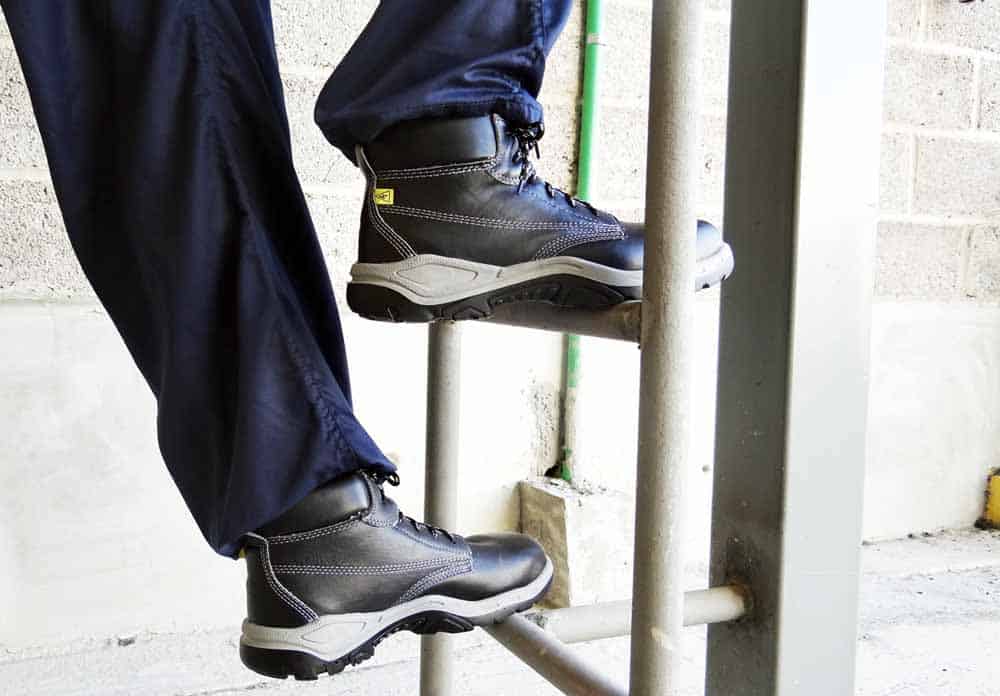Stairs are a fundamental work tool for certain tasks and work areas. The Occupational Safety and Health Administration (OSHA) states that ladders are involved in many accidents some of which are fatal, so it is important to inspect, use and maintain this tool to avoid accidents.
Similarly, OSHA details the following tips or recommendations for the use of stairs:
- Before starting, inspect the ladder and look for the following faults:
- Steps or slats that are loose or missing.
- Nails, bolts and screws that are loose.
- Wood splinter or damaged edges.
- Steps, slats, or sidebars that are heavily worn, cracked, broken, split or dented.
- Corrosion of metal ladders or metal parts.
If you find a ladder with these faults means that it is in poor condition, the ladder should be labeled and placed out of service to be repaired. If repairs are not possible, the defective ladder should be removed from the work site.
- Using the stairs. Choose a ladder of appropriate size and type, except when there are fixed ladders, ramps or walkways. Consider the following points:
- Ensure that straight ladders are long enough for dents to extend above the upper support point, at least 36 inches.
- Do not place ladders in areas such as doors or walkways, where other people may hit them, at least if the ladders are not protected by barriers. Keep the areas around the top and bottom of the ladder away from obstructions. Remember not to step on or create obstructions with hoses, extension cords, or strings on the ladder.
- Do not try to increase the height of the ladder by placing it on top of boxes, barrels or other materials.
- Lay the ladder on a solid foundation against a solid support. Do not try to use a scissor action ladder as a straight ladder.
- Do not try to join two ladders.
- Place the base of straight stairs out of the wall or top edge about 1 foot for every 4 feet of vertical height. Do not use ladders as a platform, walkway, or scaffold.
- Tie, clog or otherwise secure the top of straight stairs to prevent movement.
- Do not apply personal or work decals.
- To avoid slipping on a ladder, make sure you have no oil, grease or mud on your shoes. Clean shoes before using any type of ladder.
- Always look at the ladder and grasp it with both hands when climbing or descending. Do not try to carry tools or materials with you.
- Do not lean to the side when you are on the ladder. If something is out of the picture, go down and move the ladder.
- Most ladders are designed to hold one person at a time. Using a ladder for two workers may cause the ladder to fail or fall out of balance.
- Maintenance of stairs. To take care of the stairs they should be stored in well ventilated places, away from moisture to avoid corrosion and wear of their materials.
Additionally, we recommend the use of SICURA safety footwear in the work areas where the use of stairs is involved, because they have a bi-density or double density polyurethane sole which provides the worker with lightweight, flexible and comfortable footwear. Its main function is to generate stability in the tread and has anti-slip properties, these properties favor safety in the use of stairs.
Fuente: Occupational Safety and Health Administration (OSHA)

